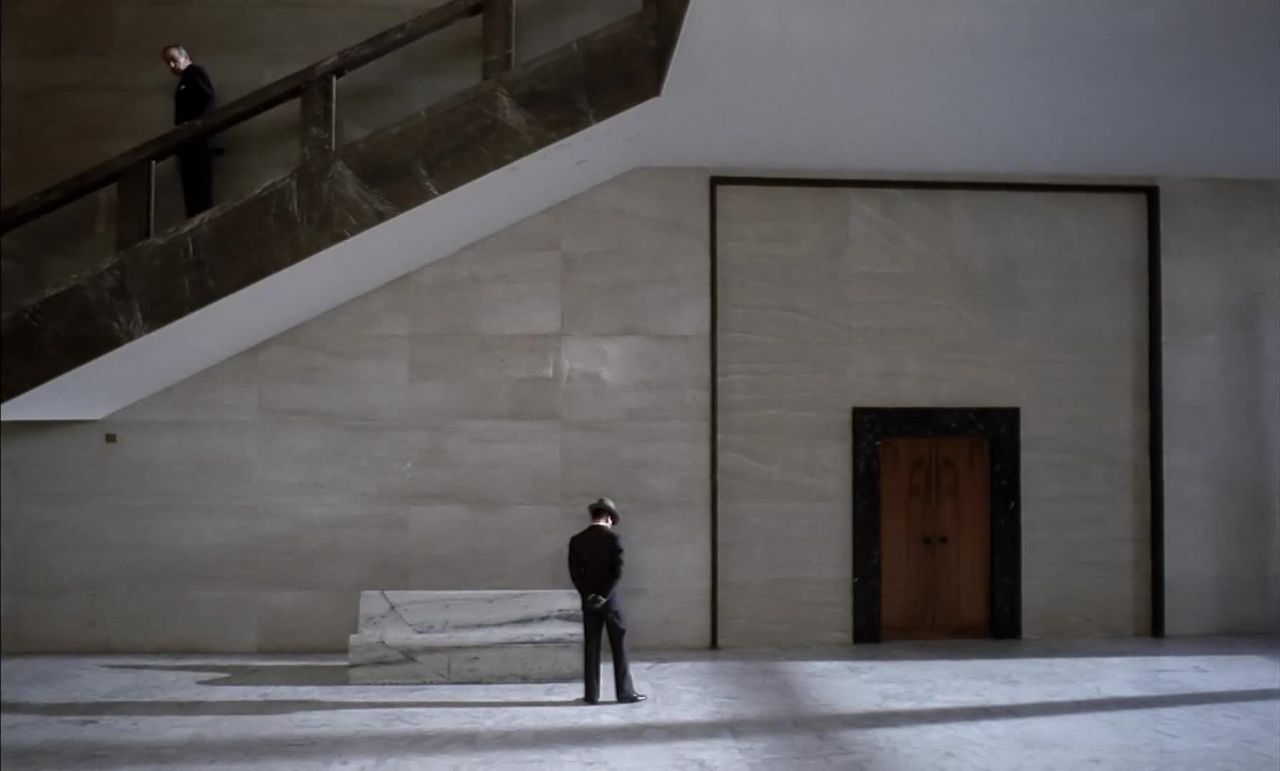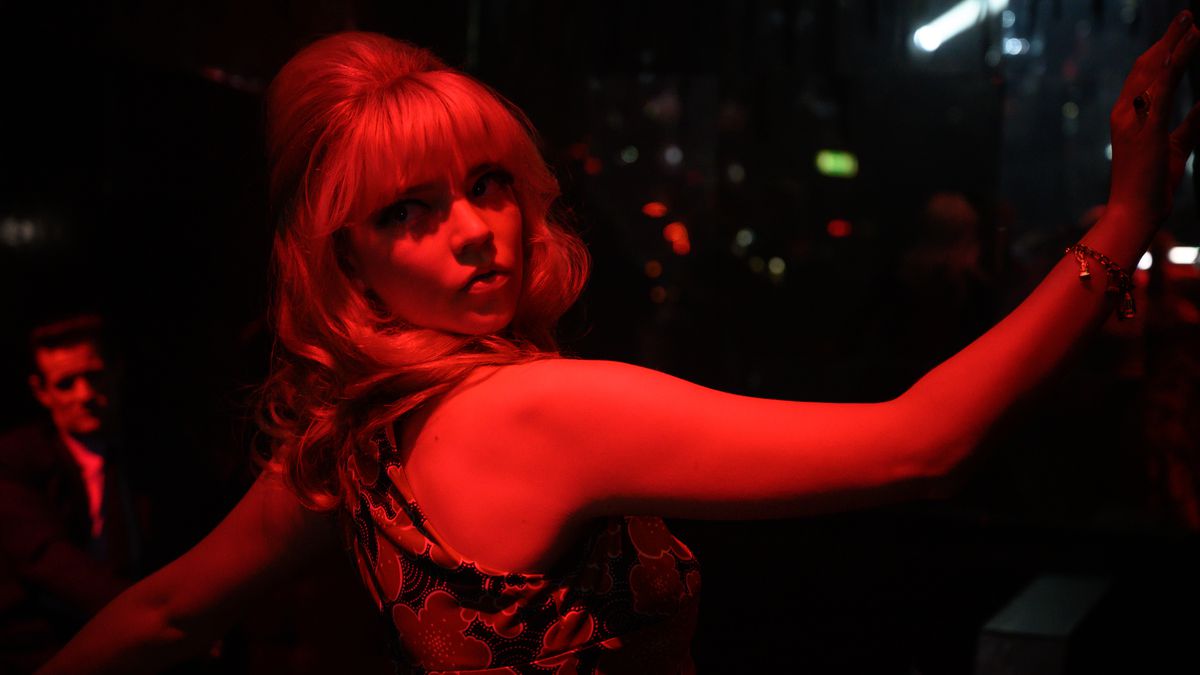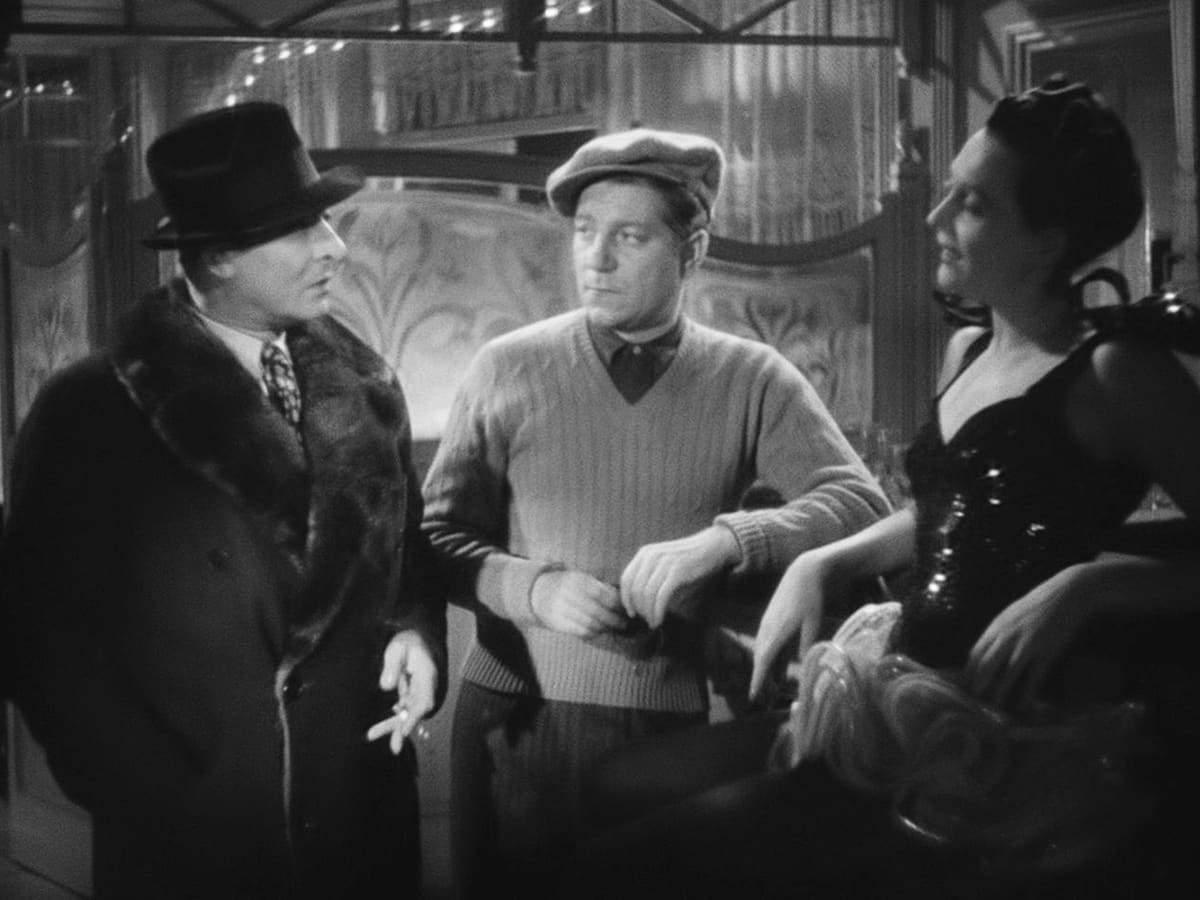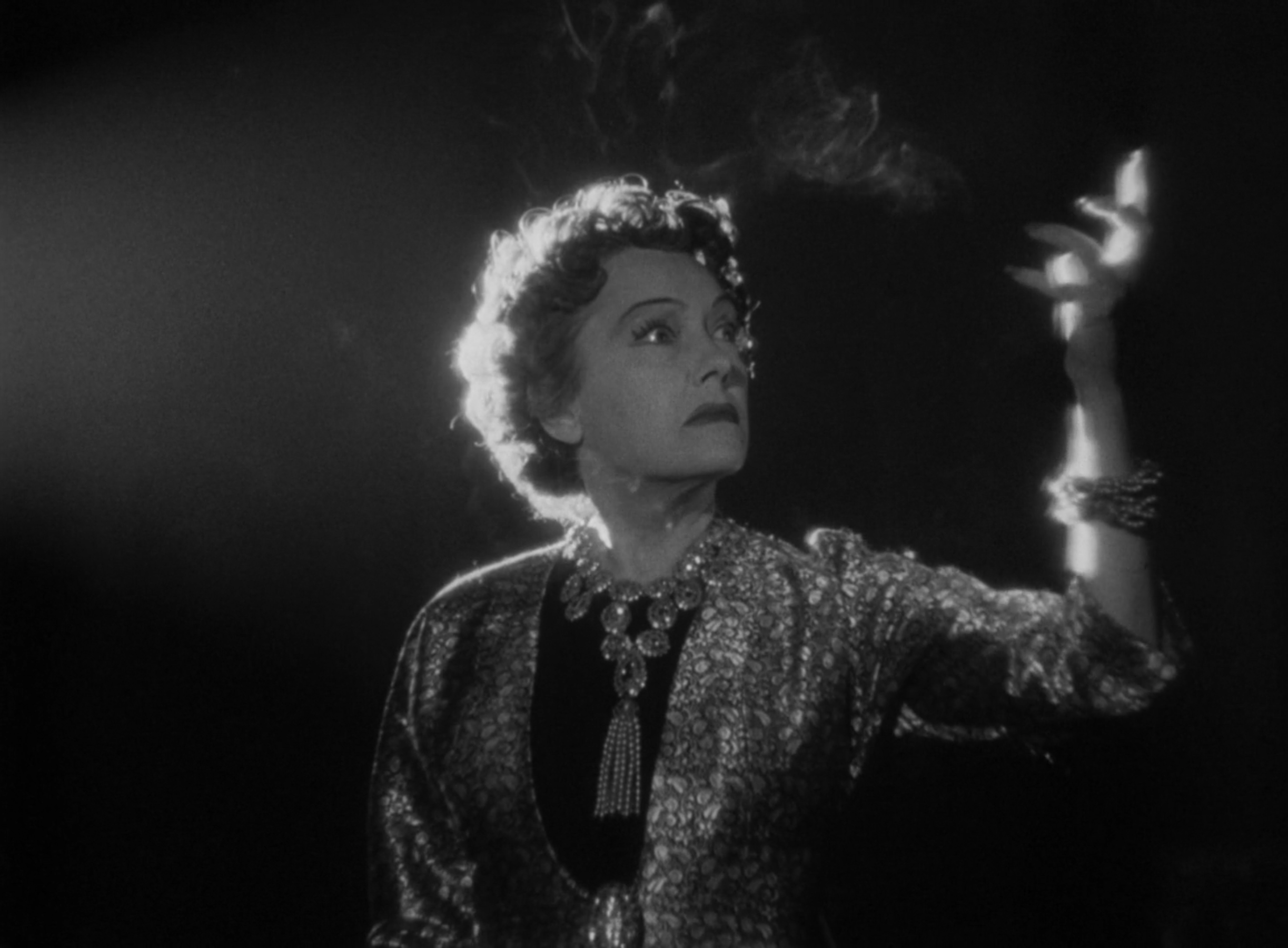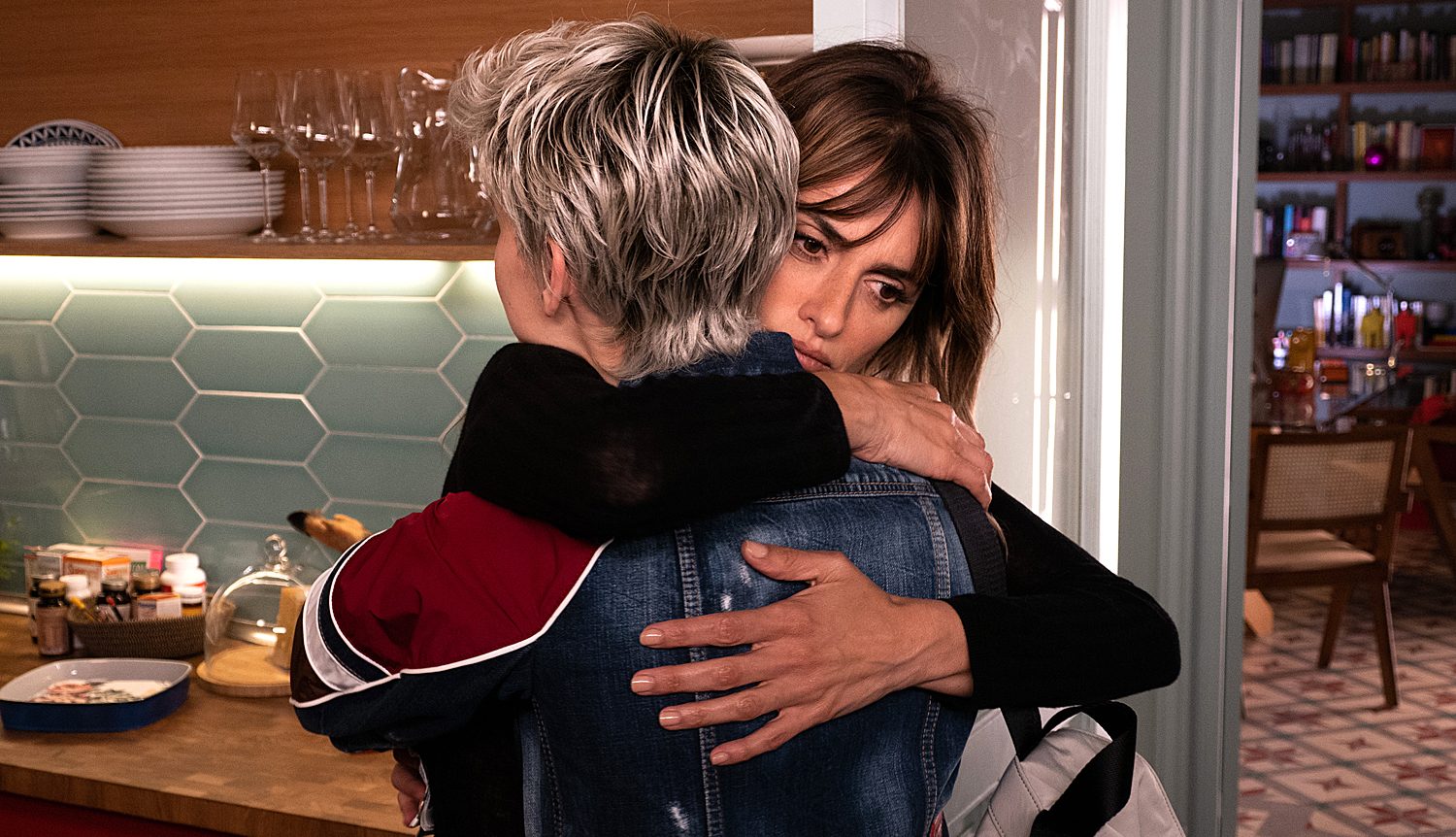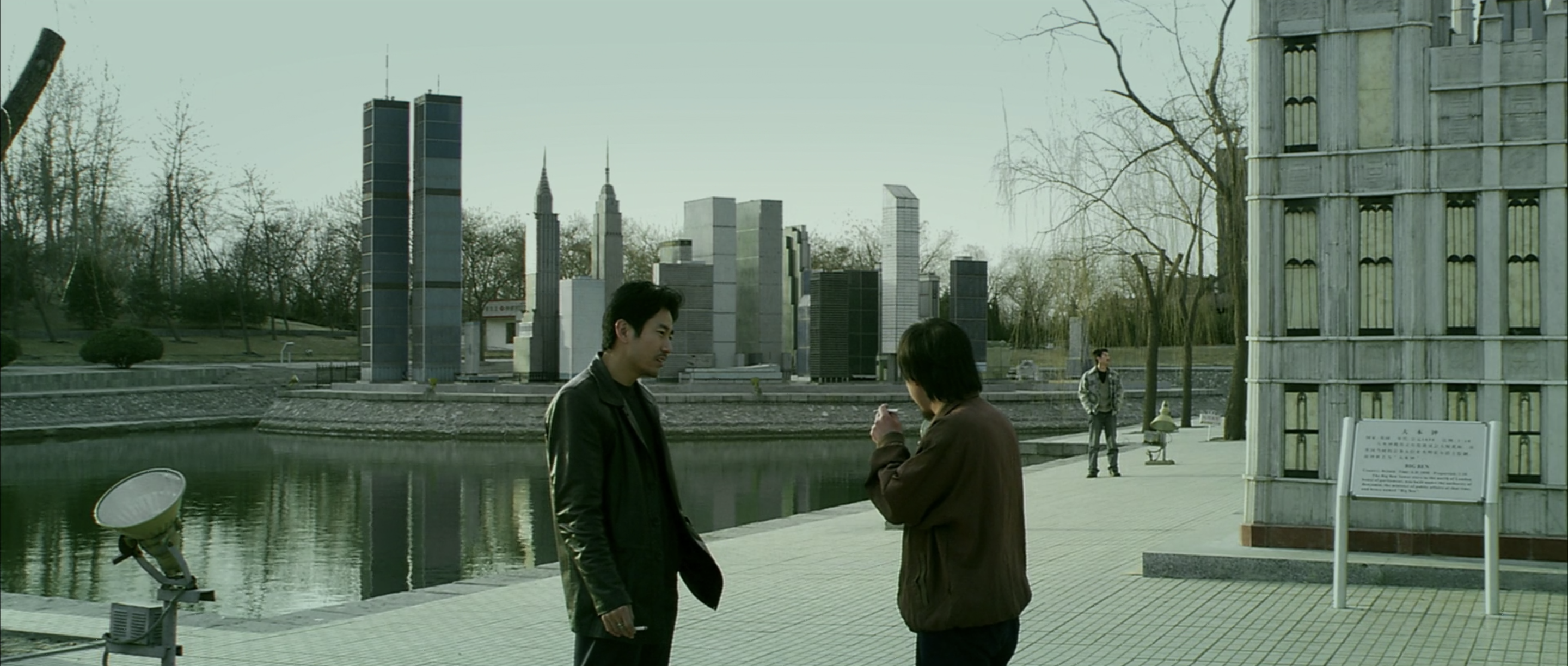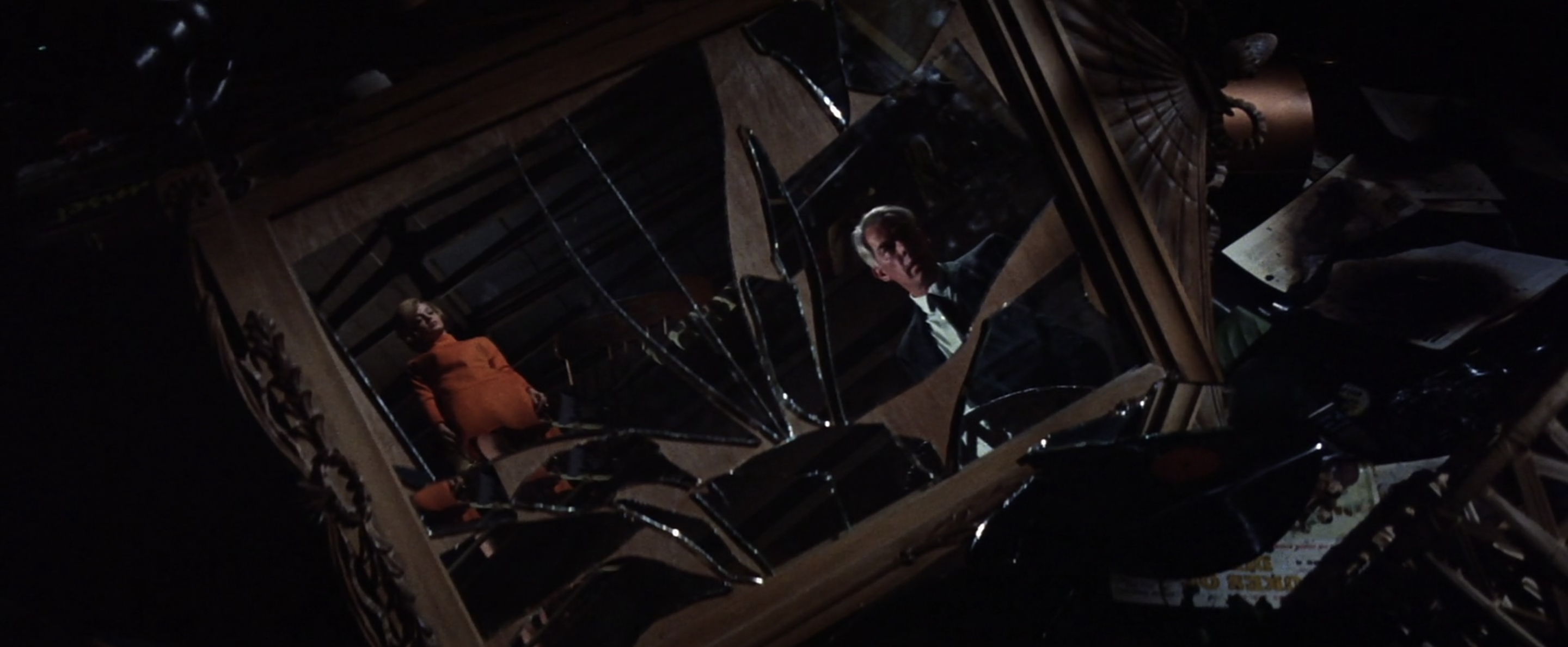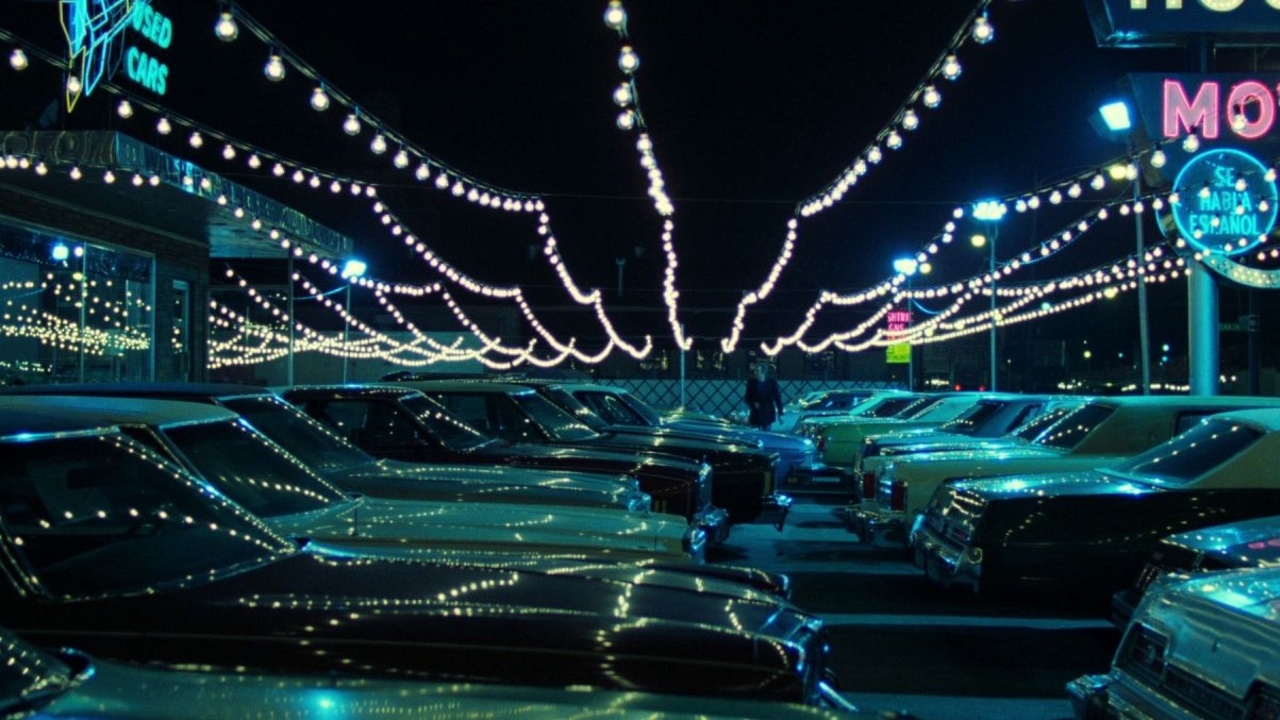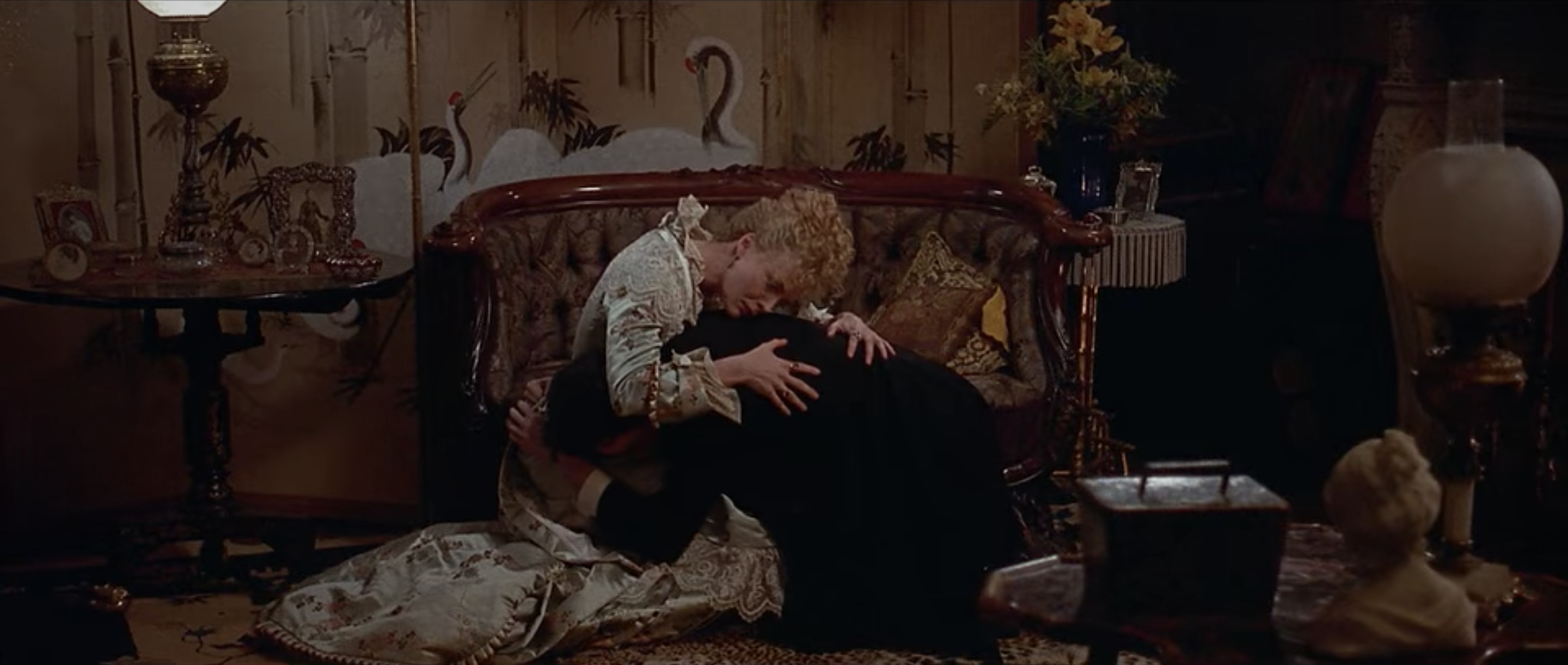Suspiria (1977)
Dario Argento constructs one of the most audacious displays of stylistic horror to emerge from the genre since its cinematic inception in Suspiria, breaking from the tradition of dark, dreary aesthetics by reinterpreting its expressionist roots through an entirely different filter altogether – one that tunes into the striking contrasts of opposing neon colours to draw out a violent and vivid fairytale of witches and ballerinas.


